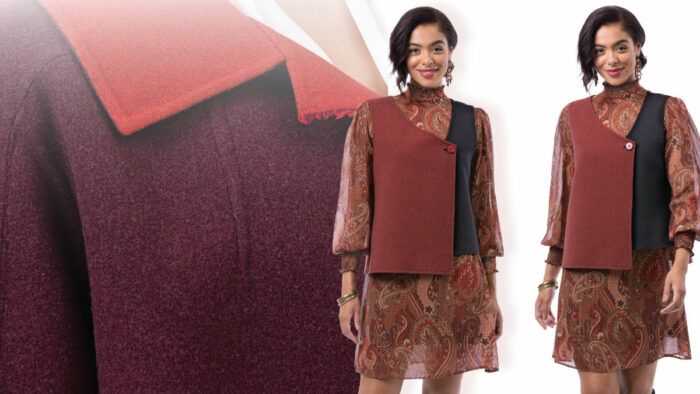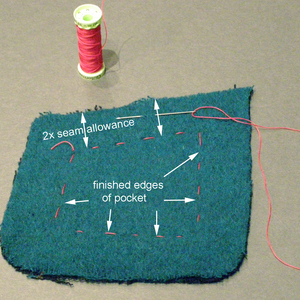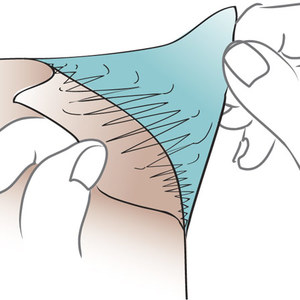Double Cloth Sewing Techniques, Part 2
Advanced techniques for darts and closures

Double-cloth fabrics—textiles made of two layers of fabric joined by hidden threads—are a sewer’s dream. They are typically made of high-quality fibers, including luscious wools and cashmeres, and are designed to have two attractive faces. With the right techniques, you can craft a coat or jacket that is fully reversible. Although you’ll need to invest time in hand stitching to accomplish this, the results are well worth it. Select a fabric
in your best colors, and a versatile pattern, and you’ll wear
the garment for years to come.
Clean-finished seams and edges are the start of a beautifully made double-cloth garment, and you can find instructions for these methods in Threads #223, Fall 2023. If you’d like to challenge yourself further, consider styles with dart shaping and classic closures. In this installment, I’ll teach you how to sew reversible darts and buttonholes, and how to insert a zipper. With these techniques at your fingertips, you have a wider range of patterns to choose from. I advise you to fit your pattern with a muslin, or test garment, before cutting the fashion fabric, as it’s trickier to make adjustments with double-cloth seams than with conventional ones. Then find a comfortable seat with good lighting, and enjoy the process of stitching your way to a designer-quality, custom garment.
Darts
Small darts are helpful for shaping double cloth, and they add a nice detail on solid-colored fabrics. This technique finishes both sides cleanly, so the darts are reversible.
1. Mark the dart legs. Apply tailor’s tacks through both layers (not shown). Thread-trace the dart legs on each layer separately, trying not to catch the opposite face in your stitches. Remove the tailor’s…
Start your 14-day FREE trial to access this story.
Start your FREE trial today and get instant access to this article plus access to all Threads Insider content.
Start Your Free TrialAlready an Insider? Log in



































Log in or become a member to post a comment.
Sign up Log in